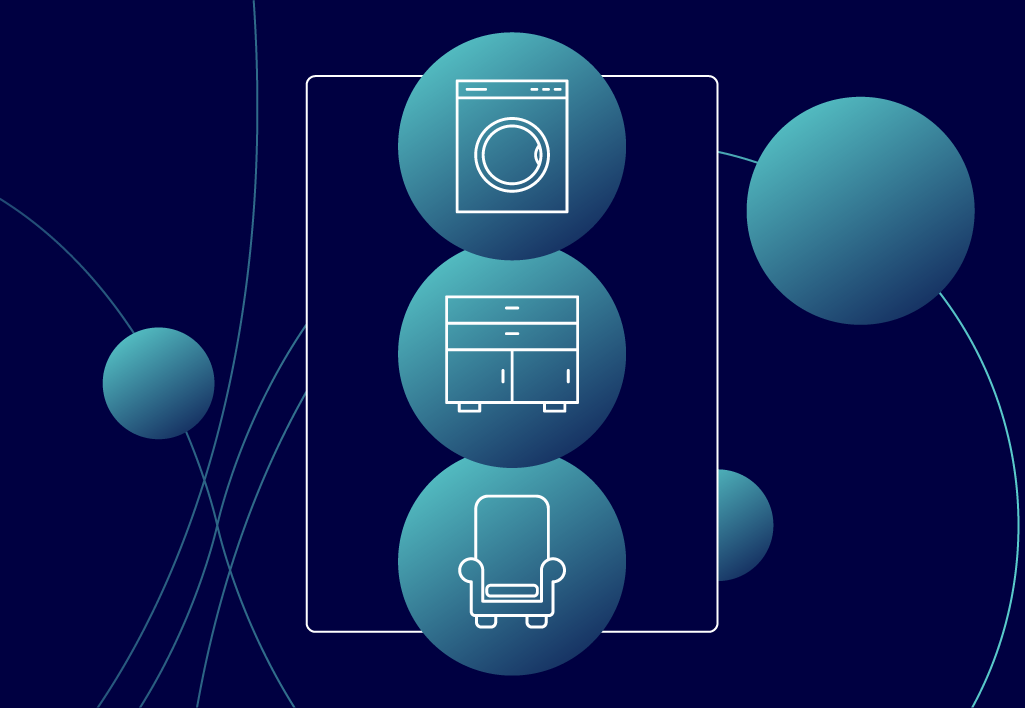
3 Ways a Home Furnishing Company Can Use Content to Increase Sales

At Embryo, we’re committed to driving sales and increasing profits for our clients with whichever service they sign up for. As the Head of Organic, I ensure our SEO strategies are created with our client’s commercial priorities in mind, with the ultimate goal of increasing sales and profit from the Organic channel.
Home furnishings as an industry is very exciting to work with as there are many things you can do from an SEO perspective to increase visibility in the correct areas to then drive qualified traffic to the website, which converts to a sale. This article outlines the top 3 that I deem to be the most effective.
If you’d like to learn more about how we tailor our SEO strategies to your individual needs, get in touch with our talented team by emailing [email protected] or calling our office on 0161 327 2635.
3 Ways Content Can Supercharge Sales
1: Category Page Reinvigoration
Sounds more exciting than it is, but this is nevertheless a crucial part of any content strategy for the home furnishing industry.
Category Page Reinvigoration is the practice of aligning the content on your Category-level pages (i.e. /sofas, /lamps, /stools) with Google’s Quality Guidelines, encompassing E-E-A-T (Experience, Expertise, Authority & Trust) signals.
A standard approach to this is implementing at least 100 words worth of content above your product feed, utilising “Read More” accordions to ensure the content doesn’t push your product listings too far down the page. This content should include prominent internal links to any relevant pages. I.e. for a /sofas landing page, you might want to link out to pages that talk about the different fabrics your sofas are available in.
As well as this, you should be implementing user-focused content below the product feed, which can provide additional information about your product and answer the most common questions your users may ask.
Search Engines will see these changes as a vast improvement to your customer’s experience and recognise the superior quality of content, which they will reward you for with higher rankings.
2: Helpful Content
Google rolls out significant changes to its Core algorithm around 2-3 times a year (although in 2023 we did have to endure 4, with 3 of them being back-to-back!). From a content standpoint, the most significant update over the last 2 years has been the “Helpful Content” update. A refinement of this update was rolled out in 2023.
The Helpful Content Update involved a change in how Google evaluates the quality of your website’s content and whether it’s the most relevant and best fit for your customer’s needs.
Optimising your website to score well against Helpful Content signals primarily involves creating user-focused content (i.e. blogs, guides, how-tos) that act as a “cluster” around each of the “topics” your website covers. Sticking with the Sofas example, your “Sofas” page would be the primary topic (or “Pillar”) and the blogs, guides and how-tos related to this topic (i.e. a blog discussing the advantages and disadvantages of a leather sofa vs a fabric sofa) would form part of the cluster that supports this topic.
When Google sees content being structured this way, it proves that your website is the one-stop-shop for all a customer could want to know about that topic and you’re making the effort to be as helpful as possible. As a result, you will be rewarded with increased rankings and will likely find that your ranking positions moving forward are more stable and less volatile.
3: Engaging Content That Increases “Dwell Time”
“Dwell Time” refers to the amount of time the average user spends on a particular page of your website. Search Engines use this as a metric to measure the engagement rate of your content. The more engaging your content, the more you’ll be rewarded. Sounds simple, right? Well, the truth is that your Users can be unpredictable, which is why it’s important to take a data-driven approach.
You should utilise Keyword Research tools such as Google’s Keyword Planner and Ahrefs’ Keyword Explorer to identify historic monthly search volumes and trends around relevant keywords and topics. You can then use this data as a jumping-off point when developing your content strategy, focusing on the topics and keywords that have historically high levels of demand, with the assumption being that these are the most engaging topics that your customer wants to engage with.
Now – how should you format your content? Ultimately, this will really depend on your demographic. A format that works for one demographic may not work for another and it’s important to understand your audience to provide the best experience for them. It’s also important to vary the format of your content to maintain interest. Below are some popular formats of content used in the home furnishings industry:
- Blogs (i.e. “What type of sofa should I buy for my family home?”)
- Guides (i.e. “How to remove red wine stains from your fabric sofa”)
- Infographics (i.e. a visual representation of the manufacturing process of a sofa)
Not only will content such as this improve your “dwell time”, but it will position yourselves as providing a better User Experience for your customers, both of which will contribute to increased visibility for relevant search terms, high-quality traffic and ultimately conversion to a sale.
Furnish Your Site With High-Quality, Helpful Content
To conclude, I believe home furnishings are the “land of opportunity” when it comes to SEO content. Due to the sheer scale of some of these websites, the above points can be neglected or forgotten, and I’d personally love the opportunity to fix this and watch your sales soar.
If you work in home furnishings and want to learn about how you can accelerate your Organic growth, please get in touch with our talented team today at [email protected] or call the office on 0161 327 2635.




